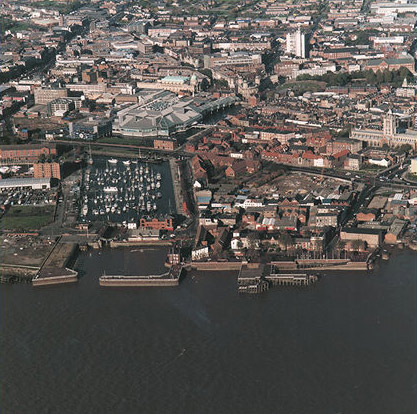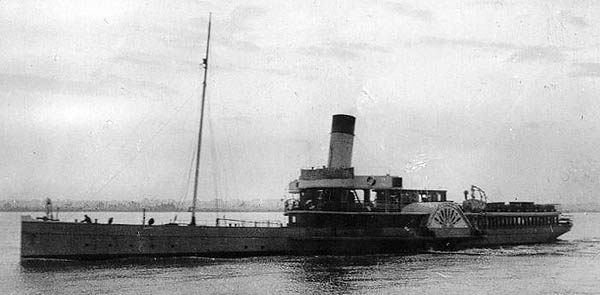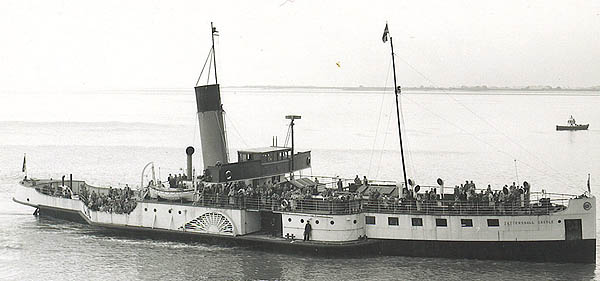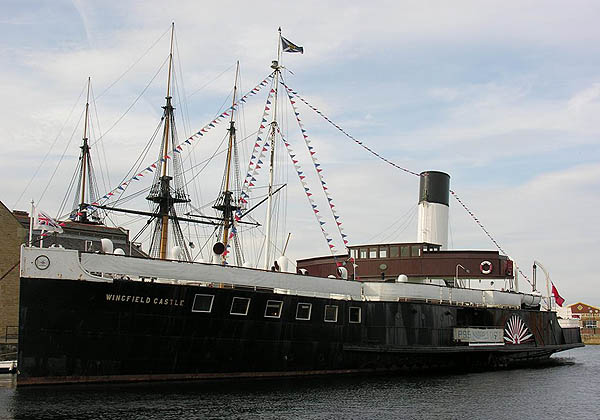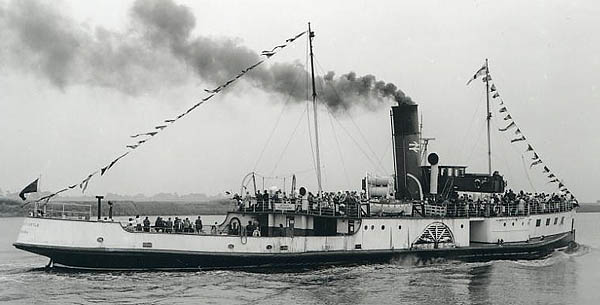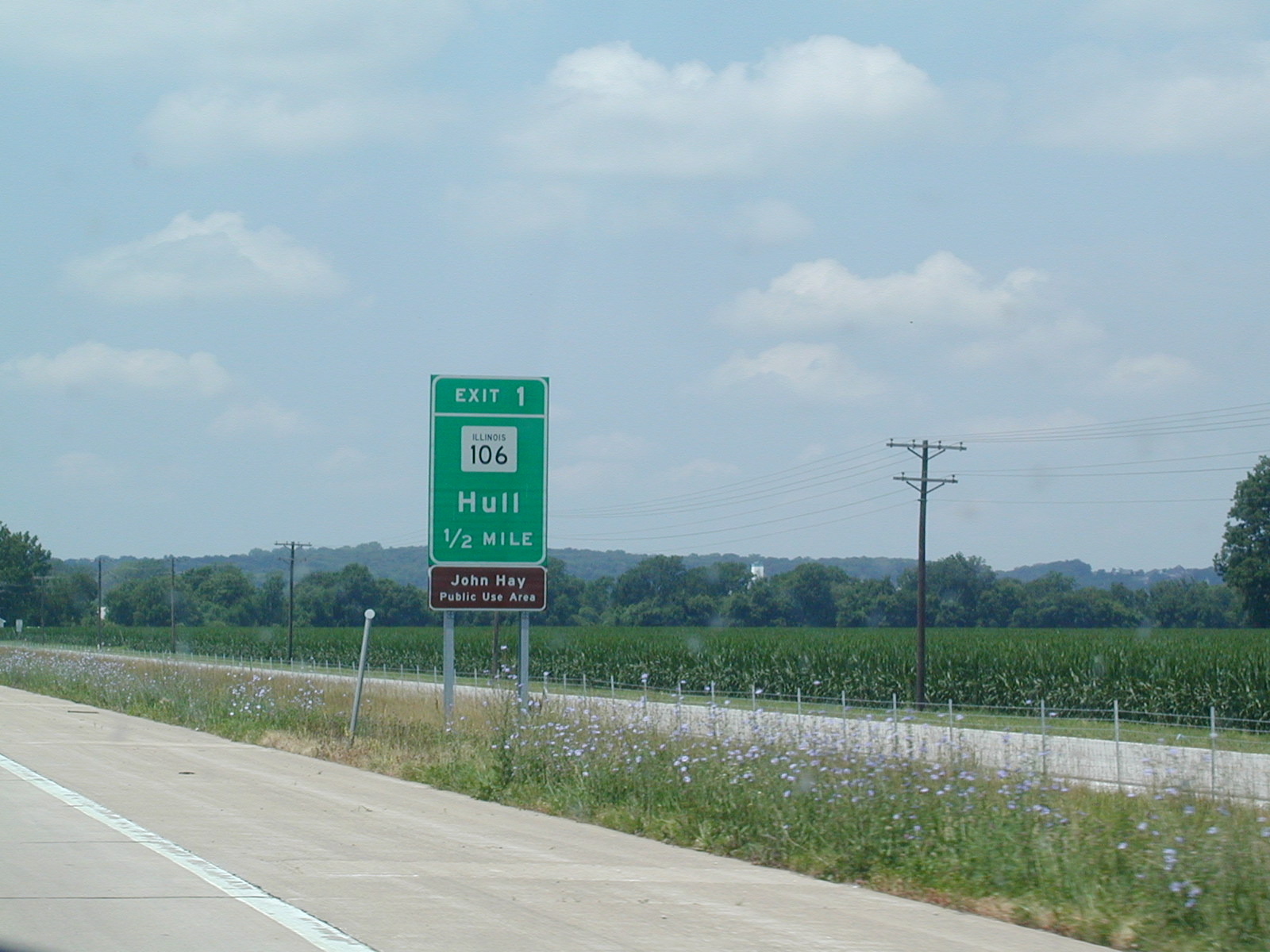Clive Sullivan was born on 9th April 1943 in Splott, Cardiff. He discovered rugby at school and even played for Cardiff schools before a bad leg injury, after which he was advised he may never walk properly, he stopped playing. After a short spell as a motor mechanic he joined the Army in 1961. He did his basic training at Catterick Camp. He wasselected to play for an inter Corps rugby side. He agreed because he thought if he didn't the Army would find out about his injury and be drummed out. He thought that he wouldn't trry very hard and would be dropped. However he couldn't help himself and after scoring a try after running the length of the pitch realised that there were no ill effects. He then decided that he would do his best to push for a rugby career whilst in the Army. After qualifying as a Radio Operator he then volunteered for the Parachute Regiment. After gaining his wings he saw active service in Nicosia in 1964 and was awarded the United Nations Medal after serving with the UN.
Clive Sullivan when in the Parachute Regiment.
Whilst still in the Army he had a trial with Bradford Northern Rugby League side. However he didn't get taken up but luck was on his side as one of the touch judges recommended him for a trial with Hull FC. At that trial he scored three tries and was given a contract the next day. His playing at this time was limited not only as he was still serving in the Army but he also had three knee operations, a problem that was to dog his career, and in 1963 he had a near fatal car crash. However he was back playing after only three months. He left the Army in 1964 in time to play the last game of the season for Hull.

Clive Sullivan for Hull FC.
In Hull 1967 he scored 28 tries in 28 games and played for Great Britain against France scoring two tries. In 1968 he scored seven tries in a match against Doncaster. In 1972 he captained Great Britain and became the first black person to captain any British National team in any sport. He also led the squad to victory in the RL World Cup that year and this was the last time GB won the title. He scored in every game and scored perhaps the greatest try ever in the World Cup when running the length of the pitch to bring the game level to 10-10 against Australia.

Clive Sullivan with the World Cup Trophy in 1972.
Clive Sullivan played 352 times for Hull FC and scored 250 tries making it more of a shock when he signed for Hull Kingston Rovers in 1974. He was in the team that won the Challenge Cup in 1980 when Hull KR beat Hull FC at Wembley 10-5.

Clive Sullivan holds the Challenge Cup aloft following victory 10-5 over Hull FC.
He played 213 times for Hull KR in six seasons and scored 118 tries. He remains the only player that has ever scored 100 tries for Hull FC and Hull KR. He also won a Championship medal in 1979.
He played 17 times for Great Britain and scored 13 tries and also played 15 times for Wales and scored 7 tries.
He was awarded the MBE for services to Rugby League.
He moved back to Hull FC in 1981 and continued to play and coach. He won a second Challange Cup medal, this time with Hull when he was called up for the Final replay after Hull had drawn 14-14 with Widness. the match was in Leeds and Hull FC triumphed 18-9 in the replay. He played his last game in 1985 and within six months he died of liver cancer on 8th October 1985 at the age of 42. The whole city was shocked by his death. His funeral was held at Holy Trinity Church but there were still thousands that could not get in to pay there respects.
From the start his biggest asset was his out and out speed. He was said to be like a gazelle from 60 metres out and like a wild bull from 20! He had very strong upper body strength and this meant that unusually for a winger at the time he was very solid in defence too.
The roads that most people visiting Hull will travel on to get there, from the Humber Bridge to the centre of town was called Clive Sullivan Way in honour of Clive Sullivan who was a hero to both sides of the River Hull so uniting the City in sport.
The trophy awarded to the winner of the Derby game between Hull FC and Hull KR is fittingly named the Clive Sullivan Memorial Trophy. He was an adopted son who broke the mould in race in sport and was a true gentleman that brought everybody who met him to love him.





